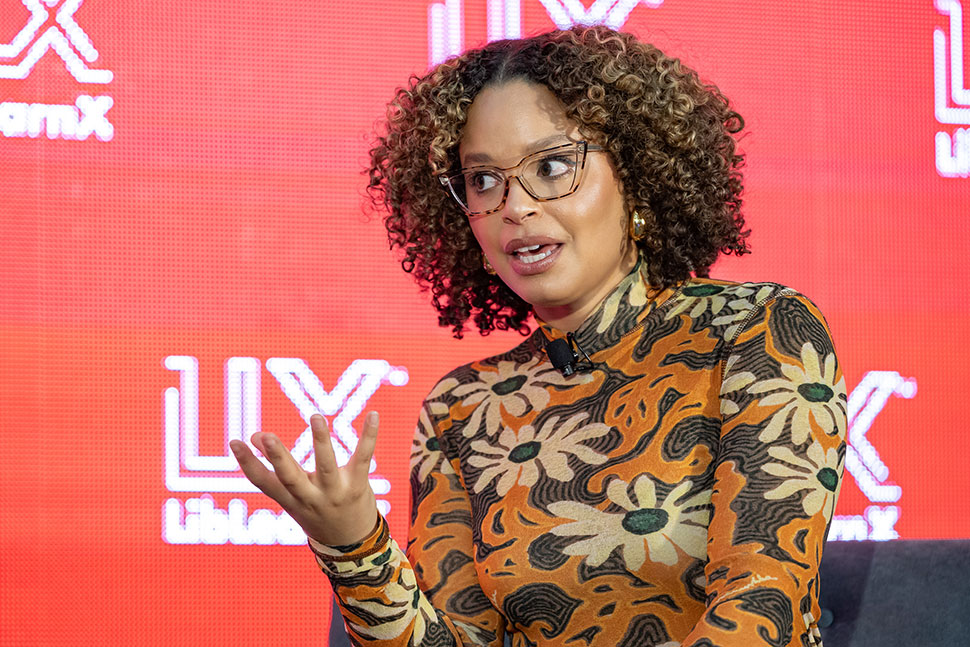
NBC News and MSNBC correspondent Antonia Hylton first heard about Crownsville (Md.) State Hospital, one of the last segregated psychiatric hospitals with surviving records, as a student at Harvard. As she learned more about the facility, which closed in 2004, she began to see how its history paralleled the trauma and stigma surrounding mental healthcare and mental illness in her family and for Black Americans more generally.
Over 11 years, Hylton built relationships with and interviewed former Crownsville patients and staff members and examined records at the Maryland State Archives. Her new book, Madness: Race and Insanity in a Jim Crow Asylum (Legacy Lit), to be released January 23, traces Crownsville’s nearly 100-year history.
Milton Kent, journalism professor at Morgan State University in Baltimore and son of Crownsville nurse Gladys Kent, interviewed Hylton about her research at the American Library Association’s 2024 LibLearnX Conference in Baltimore on January 20.
Crownsville opened in 1911 as a segregated hospital for Black patients run by white doctors and staff. Hylton observed that many doctors at the time considered Black people fundamentally different from white people, and that the proper treatment for a Black person suffering after slavery was to essentially reenslave them. “This is the only hospital I’ve been able to find in the United States that forced its patients to build it from the ground up before they were allowed to be patients at all,” she said. Patient labor—on the hospital’s 1,500-acre farm or rented out to local farms or businesses—continued to provide considerable revenue for the hospital until the 1970s.
While the hospital had a long record of mistreatment and abuse of patients, Hylton said there were also “good people showing up to work every day trying to do their best,” particularly once the hospital began hiring Black doctors and nurses in the 1950s. Those staff members took it upon themselves to address some of the most egregious issues, bringing clothes for patients who had none and washing the hair of patients who appeared not to have had their hair washed in years.
“[These staffers] had been fighting and begging the governor’s office, and the head of the Department of Health and Mental Hygiene, for the opportunity to be hired,” Hylton said. “When they finally got those jobs, they told me they had to prove Black people can do this work, and maybe be better at it than people who were here before.”
Despite the efforts of these healers, there remains a stigma about seeking mental health treatment and trauma caused by past failures. Hylton illustrated this with a personal story. As a teen, she experienced a period of severe depression. When she asked her parents if she could get a therapist, they told her, “We can’t talk to therapists, because therapists want to hurt you.”
Hylton sees the narrative changing today. “A younger generation of Black kids and young adults coming up in this country right now are changing a lot of the dialogue,” she said. Despite this, however, “We’re seeing a mental health crisis. A record number of Americans committed suicide last year, and in Maryland in 2021 about half of children who said they were depressed were unable to get care.”
Libraries can play a valuable role in improving mental health, Hylton said. While mental health has biological and genetic factors that aren’t well understood, there are also social factors that are known to be positive contributors to mental health. “One of those is access to a space where children and families feel safe and secure and understood,” Hylton said. “The library is one of these kinds of community spaces that can have that kind of curative impact.”


